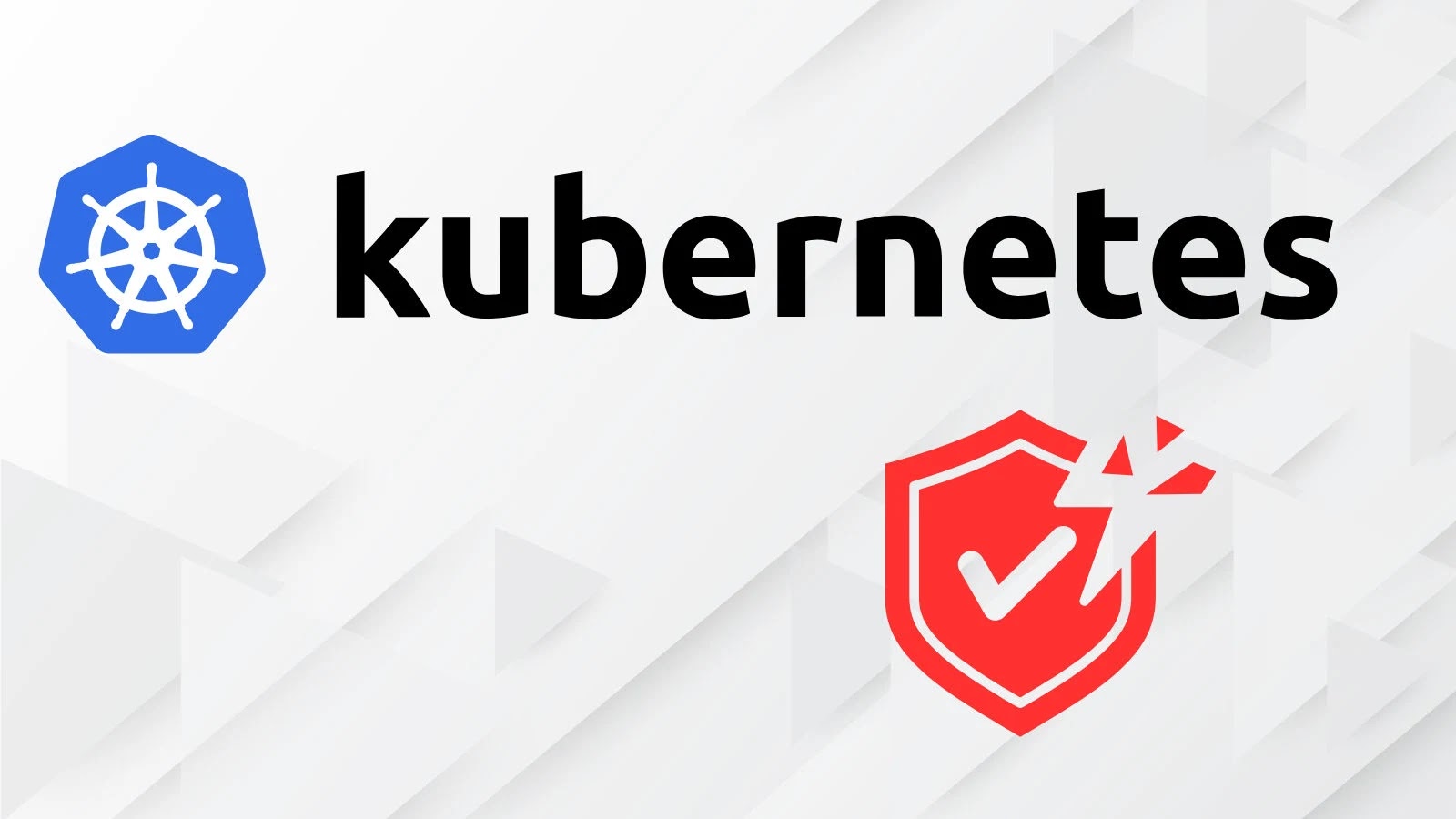
Kubernetes C# Client Vulnerability Exposes API Server Communication To MiTM Attack
Unmasking the Kubernetes C# Client Vulnerability: A Critical Look at MiTM Risks
In the intricate landscape of cloud-native infrastructure, the integrity of communication channels is paramount. A recently disclosed vulnerability in the official Kubernetes C# client has cast a spotlight on potential weaknesses, exposing API server communication to dangerous Man-in-the-Middle (MiTM) attacks. This isn’t merely a theoretical concern; it presents a tangible threat to the security of applications and the sensitive data they manage within Kubernetes environments.
Understanding the Vulnerability: Imperfect Validation, Grave Consequences
The core of this critical flaw, rated 6.8 on the CVSS scale, lies in its improper certificate validation logic. When a client fails to rigorously verify the authenticity of a server’s certificate, it essentially opens the door for an attacker to impersonate the legitimate server. This fundamental weakness allows an adversary positioned between the Kubernetes C# client application and the Kubernetes API server to intercept, read, and even manipulate the traffic flowing between them.
The ramifications are severe. Successful exploitation of this vulnerability could lead to:
- Credential Compromise: Attackers could steal API keys, service account tokens, or other sensitive authentication details.
- Data Exfiltration: Confidential information exchanged during API calls could be intercepted and exfiltrated.
- Command Injection: Malicious commands could be injected into API requests, potentially leading to unauthorized actions within the Kubernetes cluster.
- Service Disruption: Manipulating API communication could disrupt operations or even take down critical services.
The Mechanics of a Man-in-the-Middle (MiTM) Attack
A MiTM attack, in this context, involves an attacker positioning themselves secretly between two communicating parties – in this case, the Kubernetes C# client and the Kubernetes API server. By exploiting the deficient certificate validation, the attacker can present a fake certificate to the client, tricking it into believing it’s communicating with the genuine API server. Simultaneously, the attacker establishes a connection with the actual API server, effectively relaying and potentially altering traffic in both directions.
This allows the attacker to:
- Eavesdrop: Intercept and read all unencrypted data.
- Tamper: Modify data in transit before it reaches its intended destination.
- Impersonate: Act as either the client or the server to carry out malicious activities.
CVE Identification and Details
While the initial report refers to a recently discovered vulnerability, for the most up-to-date and specific information, it’s crucial to refer to the assigned CVE. For similar certificate validation issues affecting Kubernetes components, one might look to examples like CVE-2022-3162 for conceptual understanding, although the specific CVE for this C# client vulnerability would provide precise details on the affected versions and patch status. Always consult official security advisories for the exact CVE related to this specific C# client issue.
Remediation Actions: Securing Your Kubernetes C# Client Applications
Addressing this vulnerability requires swift and decisive action. Developers and security teams should prioritize the following steps:
- Update the Kubernetes C# Client: The most crucial step is to upgrade to the patched version of the Kubernetes C# client immediately once it becomes available. Regularly monitor official Kubernetes client library repositories and security announcements for updates.
- Implement Strict Certificate Validation: Ensure that your application code explicitly implements and enforces proper certificate validation. This includes:
- Certificate Pinning: Hardcoding or dynamically retrieving and verifying the expected certificate or its public key.
- Hostname Verification: Ensuring that the hostname in the certificate matches the actual server hostname your application is trying to connect to.
- Trusted Root CAs: Using a well-maintained and trusted set of Certificate Authorities (CAs) for validation.
- Utilize Secure Communication Protocols: Always use TLS/SSL for all communication with the Kubernetes API server. This vulnerability specifically highlights an issue within TLS validation, so ensuring TLS is enabled is a baseline, but not a complete solution without proper validation.
- Network Segmentation and Least Privilege: Limit network access to your Kubernetes API server from client applications. Implement network policies that restrict client communication to only what is strictly necessary.
- Regular Security Audits: Conduct periodic security audits of your applications and infrastructure to identify and address potential vulnerabilities before they can be exploited.
Tools for Detection and Mitigation
Leveraging the right tools can significantly enhance your ability to detect and mitigate such vulnerabilities.
| Tool Name | Purpose | Link |
|---|---|---|
| OWASP ZAP | Web application security scanner (can help detect MiTM setup issues) | https://www.zaproxy.org/ |
| Burp Suite | Penetration testing tool, includes a proxy for MiTM analysis | https://portswigger.net/burp |
| Kubernetes Audit Logs | Monitors API server activity for suspicious access patterns | https://kubernetes.io/docs/tasks/debug-application-cluster/audit/ |
| Container Security Scanners (e.g., Trivy, Clair) | Scan container images for known vulnerabilities, including library-related flaws | https://aquasecurity.github.io/trivy/ |
Conclusion: Fortifying Your Kubernetes Defenses
The discovery of a medium-severity vulnerability in the Kubernetes C# client serves as a stark reminder of the continuous need for vigilance in cloud-native security. Improper certificate validation is a classic yet potent attack vector, capable of undermining the trust layer essential for secure API communications. By promptly applying updates, enforcing stringent certificate validation practices, and maintaining a robust security posture, organizations can significantly reduce their exposure to MiTM attacks and protect their critical Kubernetes environments.





